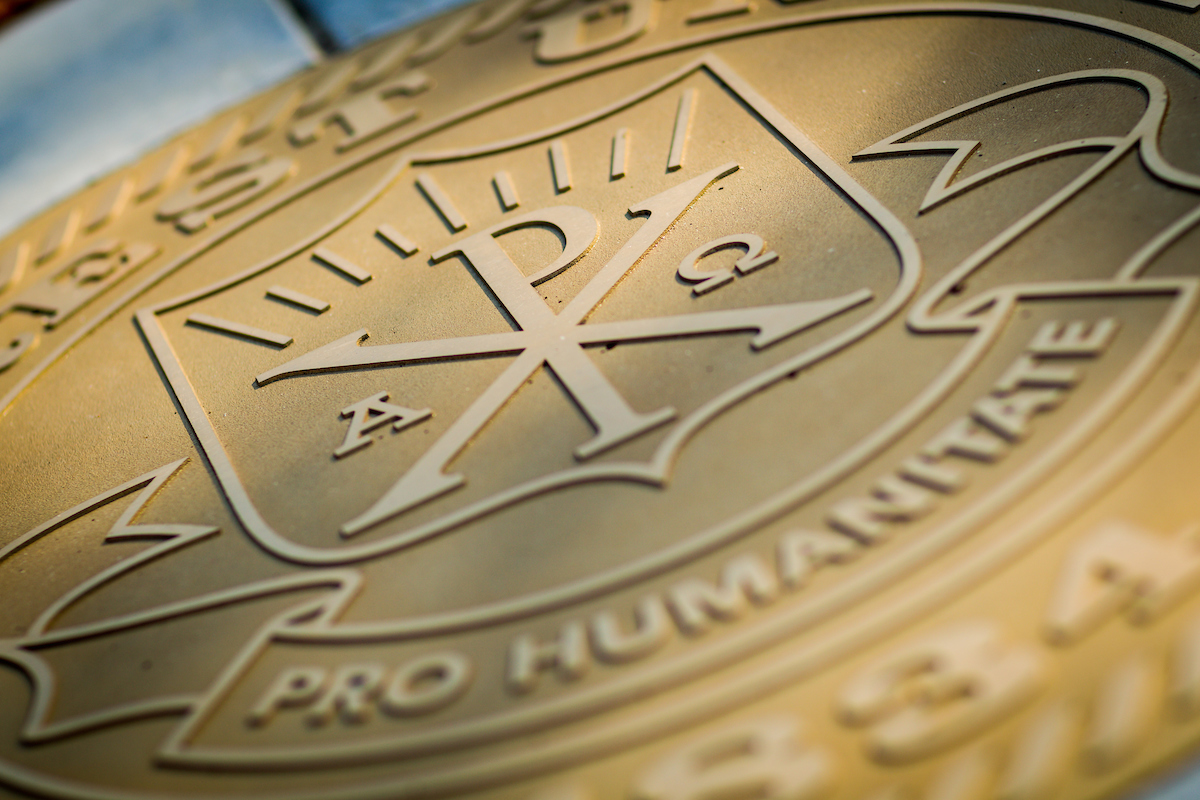Next steps with WFU Campus Memorial Project: Design firm selected, steering committee named

Wake Forest is moving forward with plans to create a campus memorial to remember and honor the humanity of the enslaved men, women and children who worked for or were sold to benefit the University.
The University has selected an architectural firm to lead a community-engaged design process and President Wente has appointed a steering committee to guide the work. The memorial was proposed in an April 2021 resolution by the University’s Board of Trustees, which passed unanimously.
“As an educational institution, we must not be afraid to talk about our past, indeed to educate about it, in order to ensure we learn from it as a community,” Wente said. “I believe colleges and universities founded before the Civil War have an obligation to contend with our whole histories; the inspiring and the hopeful parts, right alongside the painful aspects.”
The University has engaged Baskervill, an architectural and design firm with particular expertise in memorialization projects in higher education, including those at William and Mary, Emory University, and the University of Richmond.
The memorial will also put the record of Samuel Wait, Wake Forest College’s founder and first president, in context as a person who had enslaved persons serving his household, and who oversaw the liquidation of the Blount Estate on May 7, 1860, as chair of the Board of Trustees.
The Campus Memorialization Steering Committee will share insights and feedback with the firm and provide direction to a University-engaged process for developing campus memorial design options. Provost Michele Gillespie, a historian of the U.S. South, and José Villalba, the Vice President for Diversity and Inclusion, will serve as co-chairs.
“This memorial will honor the enslaved men, women and children who lived, worked and helped build Wake Forest College,” Gillespie said. “It will deepen our understanding of the central role enslaved people played in forming our country and its institutions. It will help our community remember and confront our difficult past, uncover new knowledge, and teach, heal and shape our future.”
Villalba also highlighted the importance of a dedicated space for remembering and honoring.
“Memorials such as the one we are planning for Wake Forest serve as physical spaces that simultaneously disrupt and inform, offering individuals an opportunity to better understand our collective pasts in order to co-create a better future,” Villalba said.
The Steering Committee will also serve as an ad hoc Administrative Committee for Honorifics, charged to identify and recommend a permanent name for the Divinity and Religious Studies Building. In 2021, the University removed the name of Wake Forest University’s fourth president, Washington Manly Wingate, from this building, and President Wente assigned a temporary wayfinding name — the Divinity and Religious Studies Building — while an honorific naming process for the University was developed and established. Wingate, a slave owner, was Wake Forest College president in 1860 when the 16 enslaved individuals from the Blount estate were sold to start the College’s first endowment.
The committee will plan to present its memorial design and naming recommendations to the President in spring 2024.
Categories: University Announcements
